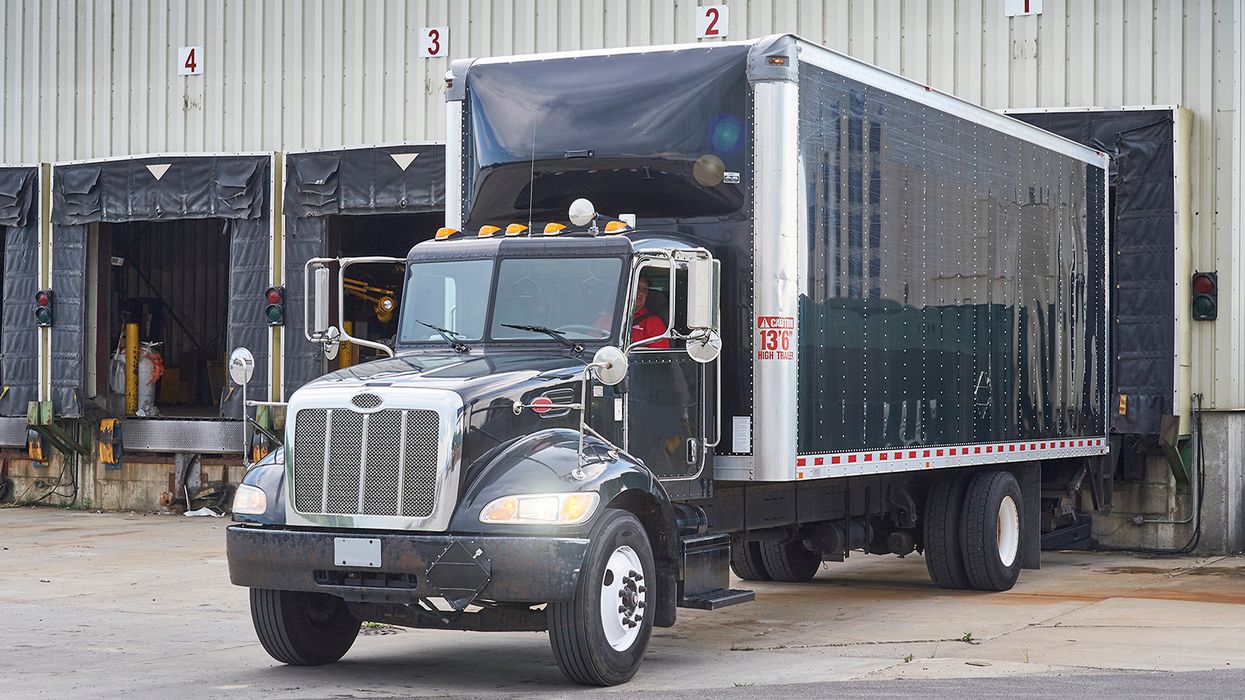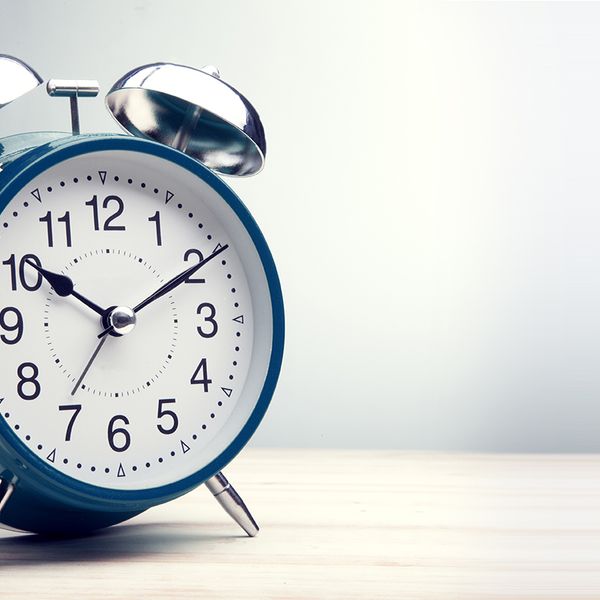Short hauls: How far can you go under HOS exceptions?
When a motor carrier or driver talks about the “short-haul” exception to the hours-of-service (HOS) rules, they’re usually referring to the one that’s limited to a 150-air-mile radius. But did you know that some short hauls need to be much shorter to qualify?
As more companies consider shorter hauls as a way to recruit and retain drivers, it’s a good time to review the short-haul exceptions and understand the distance limits that apply.
150 air miles
The 150-air-mile exception in 49 CFR 395.1(e) is the most commonly used short-haul exception. It’s an exception from:
- Logs, including paper/digital logs and electronic logging devices (ELDs);
- 30-minute breaks; and
- The need to keep supporting documents other than basic time records.
To qualify, drivers must remain within a 150-air-mile radius of their starting location, return there each day, and be released from work within 14 consecutive hours. The rule includes some additional exceptions for drivers who are not required to hold a commercial driver’s license (CDL).
In addition, drivers transporting agricultural commodities or farm supplies within a 150-air-mile radius are exempt from all HOS rules if certain conditions are met (see 395.1(k)).
These federal exceptions apply to interstate operations but most states adopt these same exceptions for their in-state drivers as well.
100 air miles
Prior to September 2020, the 150-air-mile log exception was limited to 100 air miles for CDL-holding drivers (and all drivers prior to October 2005). Today, a handful of states still apply this limit on their in-state drivers, including California, New York, Ohio, and others. Drivers subject to those states’ HOS rules must remain within 100 air miles to claim the state’s log exception.
In addition, the federal HOS rules today still include three other exceptions that limit drivers to 100 air miles:
- Driver-salespersons are exempt from the 60/70-hour limit if they drive less than 40 hours per week and all driving is done “within a radius of 100 miles” (not air miles) of the starting point (see 395.1(c) and 395.2). Note also that if a driver-salesperson wants to take advantage of the option to not return to the starting location when using the log exception in 395.1(e)(1), the driver must remain within a radius of 100 miles.
- Drivers making deliveries from “retail stores and/or retail catalog businesses” in the two weeks prior to the Christmas holiday are exempt from all HOS limits if they remain within a 100-air-mile radius (395.1(f)).
- More lenient HOS limits apply to drivers engaged in transportation to/from motion picture production sites if they stay within a 100-air-mile radius (395.1(p)).
75 air miles
Certain drivers transporting construction materials and equipment can enjoy a 24-hour restart (versus the normal 34 hours) if it’s done within 75 air miles of the driver’s work-reporting location (395.1(m) and 395.2).
50 air miles
Under federal rules, states can adopt stricter limits on the exception for drivers transporting construction materials and equipment, as described above. Instead of adopting the federal 75-air-mile limit, states may enforce a limit of as few as 50 air miles. If you transport construction materials or equipment within a single state, be sure you know which limit applies.
Unlimited
Finally, federal rules include a once-per-week exception from the 14-hour limit for drivers who return home at the end of the day (395.1(o)). It does not, however, limit how far those drivers may drive (other than the standard 11-hour driving limit) — they just have to make it back to the starting location within 16 hours.
What is an ‘air mile’?
An air mile is a bit longer than the standard “land” mile tracked on a car’s odometer. One air mile is equivalent to 1.15 miles on the road.
| Air Miles | Road Miles |
|---|---|
| 50 | 57.5 |
| 75 | 86.3 |
| 100 | 115.1 |
| 150 | 172.6 |
Keep in mind that an air-mile radius is based on travel in a straight line. If a driver must remain within a 150-air-mile radius of home, for example, then the driver may travel up to 172.6 miles away from that location in a straight line (“as the crow flies”) in any direction. Because most roads aren’t built in a straight line, drivers and motor carriers must refer to a map — or better yet, an online mapping tool — to determine where the geographic boundary lies.
Also be aware that drivers are not limited to a specific number of miles within the radius. For example, a truck driver may drive much more than 172 miles in a day and still claim the 150-air-mile log exception, as long as all driving (up to 11 hours) took place within the 150-air-mile radius.
Key to remember: The 150-air-mile log exception is well-known but federal and state HOS rules contain many other exceptions that further limit the distance that drivers may travel. Be sure you know the limits that apply when using one of these special exceptions.
Summary of distance limits in Federal HOS rules
- 150 air miles:
- Log exception (395.1(e))
- HOS exemption for agricultural commodities and farm supplies (395.1(k))
- 100 air miles:
- 60/70-hour exception for driver-salespersons (395.1(c) and 395.2)
- HOS exception for retail store deliveries (395.1(f))
- Special HOS rules for transportation to/from motion picture production sites (395.1(p))
- 75 air miles:
- 24-hour restart for construction materials & equipment (395.1(m) and 395.2)
- 50 air miles:
- 24-hour restart for construction materials & equipment, if so limited by the state (395.1(m) and 395.2)
- No specific limit:
- 16-hour exception for truck drivers (395.1(o))

































































